
What Are The Main Differences Between A Phone Camera And A Camera?
Phone cameras have smaller sensors than cameras, have fixed lenses and are used in a slightly different way than cameras to take photos. The accessories you can get for phones are relatively limited. Cameras have larger sensors and you can change the lenses. There are more accessories available for cameras than there are for phones. Cameras are generally still better than phones for taking photos, but you can get great photos with phones.

Some Great Ideas To Help Us Take Better Videos With A Phone
To take better videos with a phone first think about what you are going to create a video of, and what are you going to do with the video. Plan everything in advance and move slowly. Get a mic to improve the sound. Film what you need to then call it good. And learn how to edit video – easy for me to say as I haven’t got a clue!
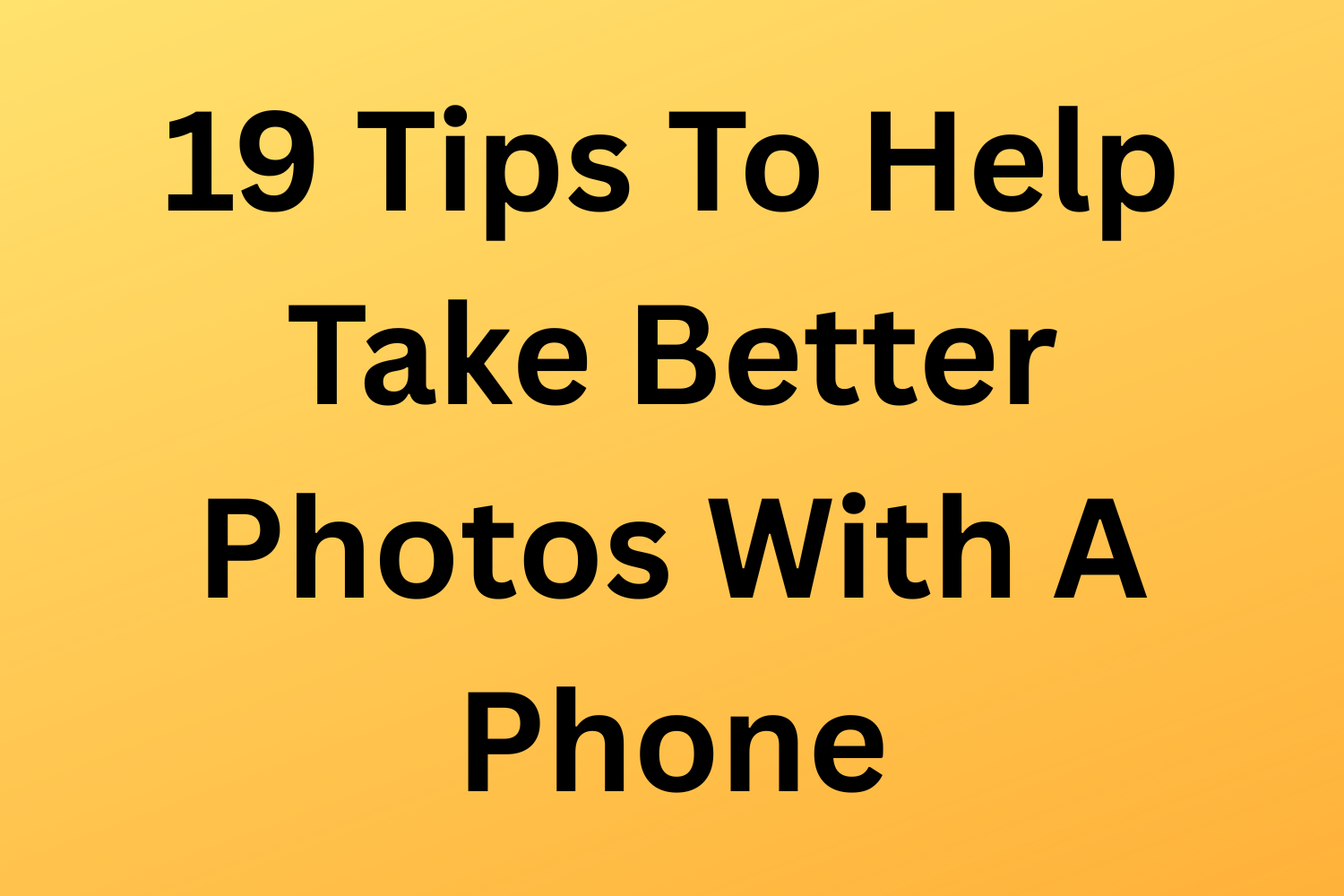
19 Tips To Help Take Better Photos With A Phone
To take better photos with a phone you need to first think about what you are taking a photo of, and why. Spend time thinking about the composition of the photo, and try your phone held upright and rotated through 90 degrees. You need to know how your camera works and use the best app that you have to take photos with. Finally, to take better photos with a phone you need to practise!
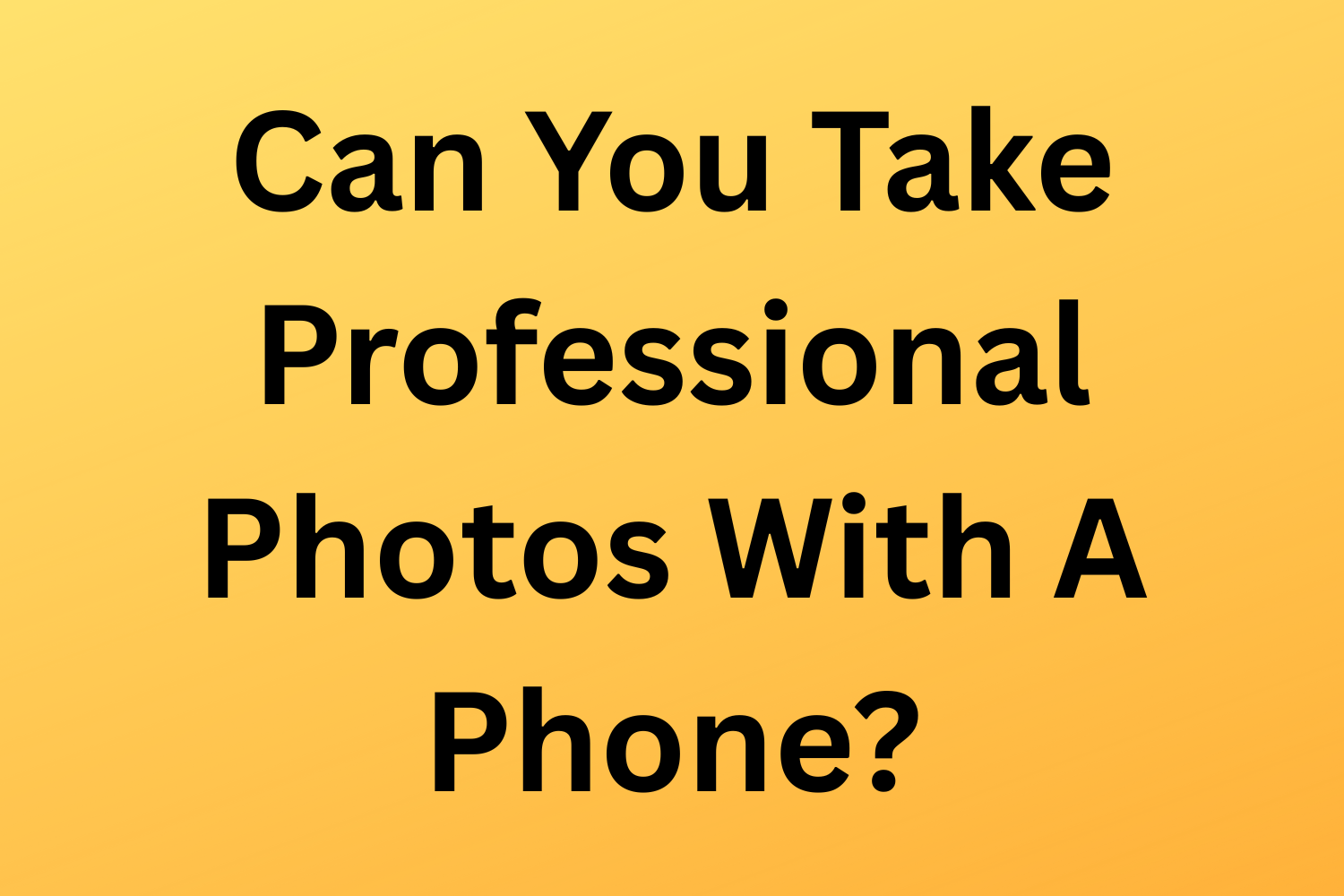
Can You Take Professional Photos With A Phone? With A Phone? Really?
You can take professional photos with a phone. Lenses on phone cameras offer high-quality image capture, which combined with the software built into phones enable you to take professional photos with your phone. To a point. There are however a number of limits on this which I will explain.

What is the best free photo editing app for the iPhone/ iPad/Android?
The best free photo editing app for the iPhone/ iPad/ Android is, in my opinion, Lightroom. It is free and contains nearly all of the editing tools that you need. You can take photos in RAW using the built-in camera, organise, rate and edit photos, and share or export photos straight from the app. And if you pay to subscribe (easy for me to say) to the Creative Cloud Photography plan, you can sync photos with Lightroom on the desktop. And that's what I do.
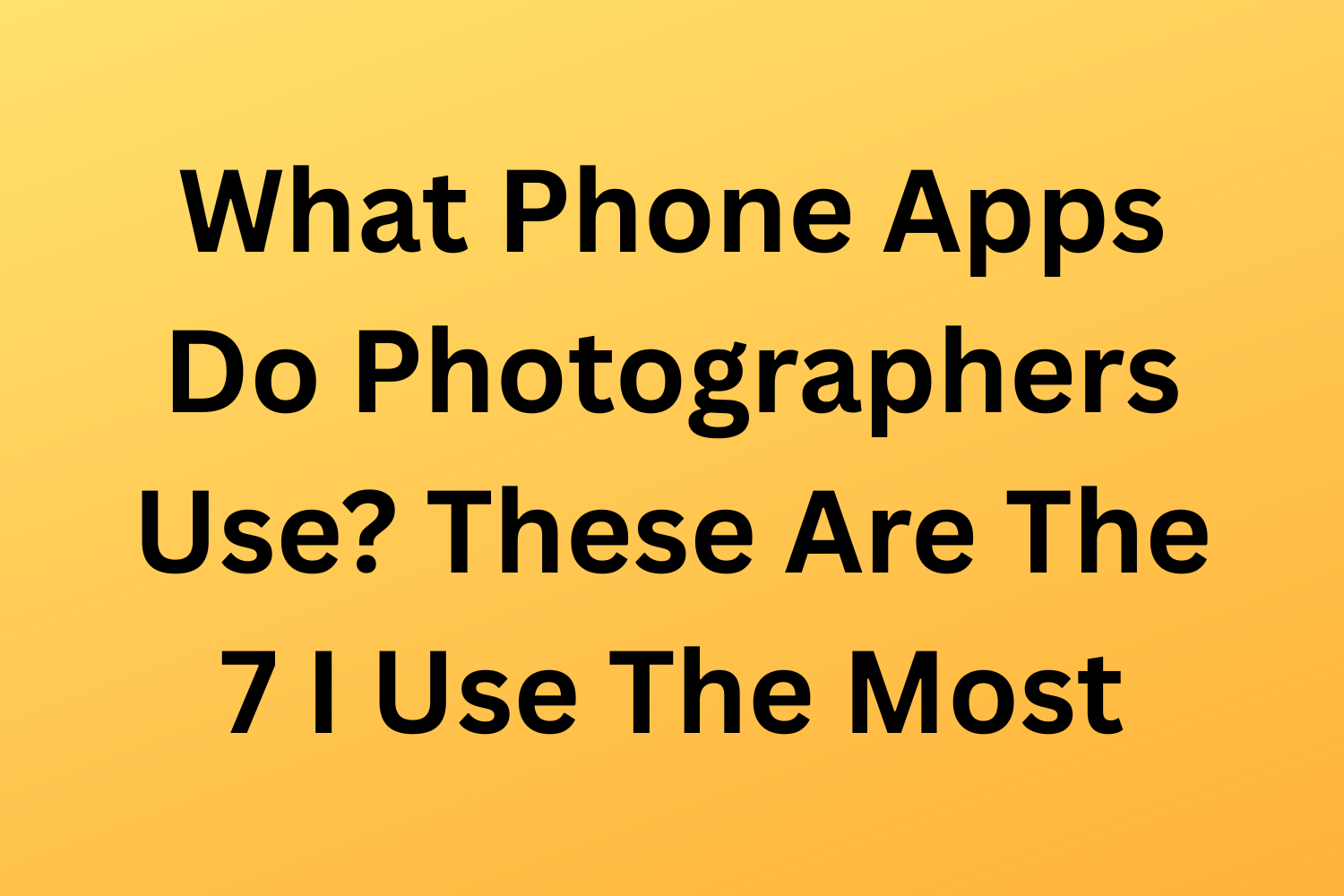
What Phone Apps Do Photographers Use? These Are The 7 I Use The Most
Now I've got this up from five to seven because there are two that I forgot which was very remiss of me, so apologies Canon and Olympus.
Right - the seven phone apps I use the most in my photography are (brackets on my iPhone XS)
Lightroom
Camera app
Photos
The Photographer's Ephemeris
Photoshop Fix
Canon Connect
Olympus OI. Share
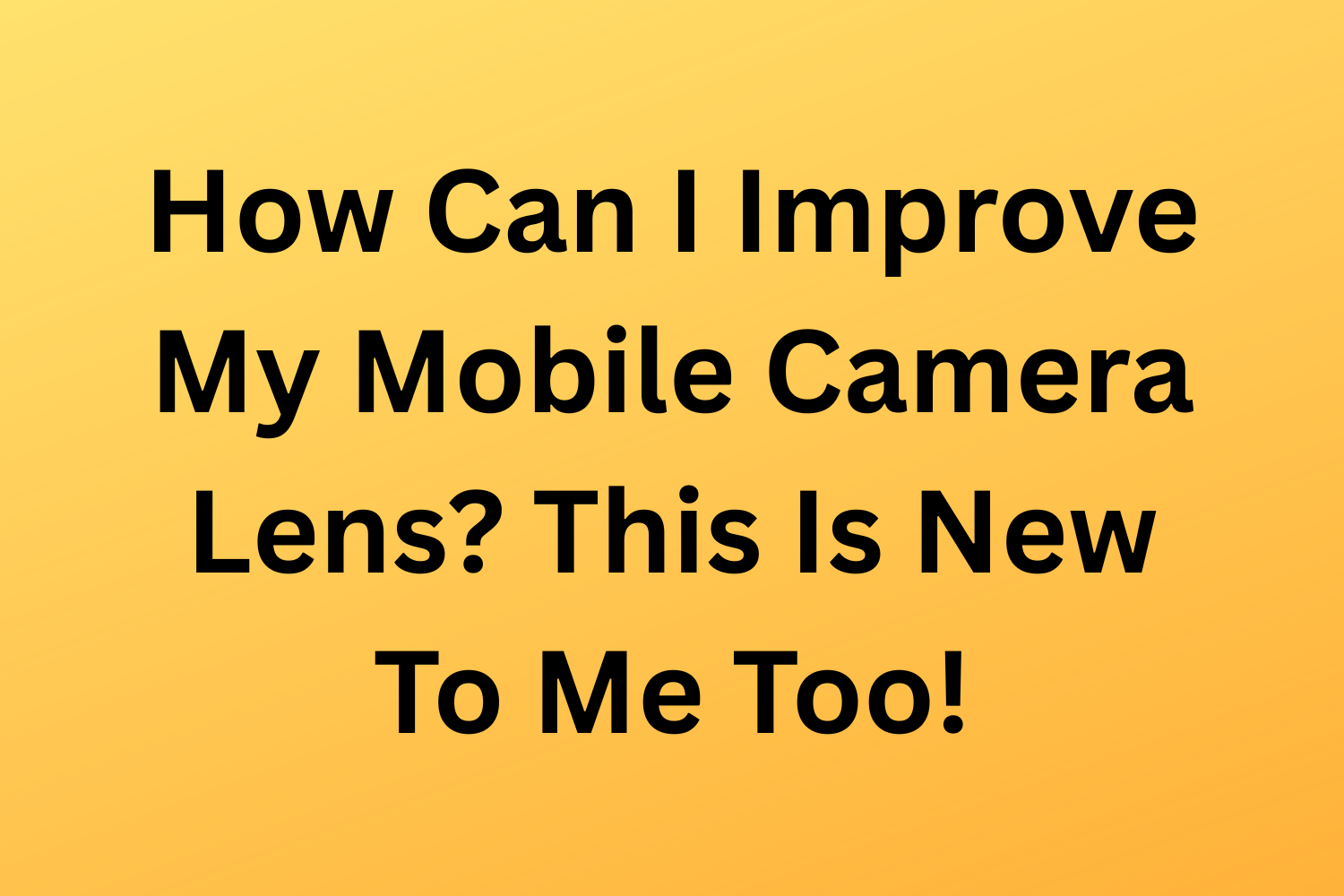
How Can I Improve My Mobile Camera Lens? This Is New To Me Too!
You can buy various add-on lenses to attach to a camera phone. These include
Telephoto lenses
Wide angle lenses
Fisheye lenses
Macro lenses
Anamorphic lenses
These lenses give you creative opportunities with your phone photography, and get over some of the optical limitations of such small lenses.
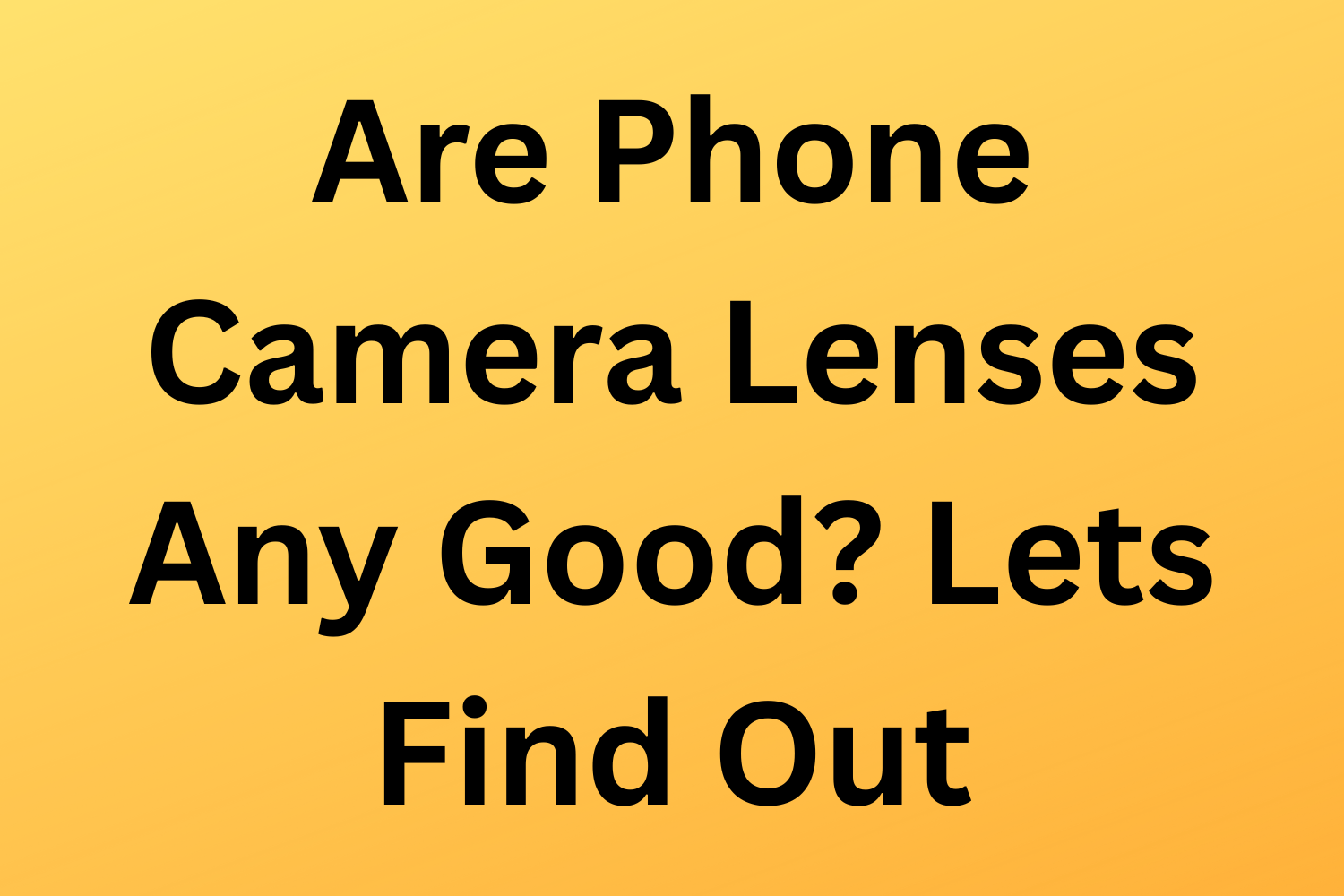
Are Phone Camera Lenses Any Good? Lets Find Out
Phone cameras have much smaller lenses than mirrorless or DSLR cameras, but they have extraordinary image-taking capabilities considering their size. Camera lenses on phones operate in the same way as they do in cameras, directing light onto the sensor in the body of the phone. The combination of these remarkable lenses with the technology built into phones offers remarkable image-taking possibilities - and all from a phone.
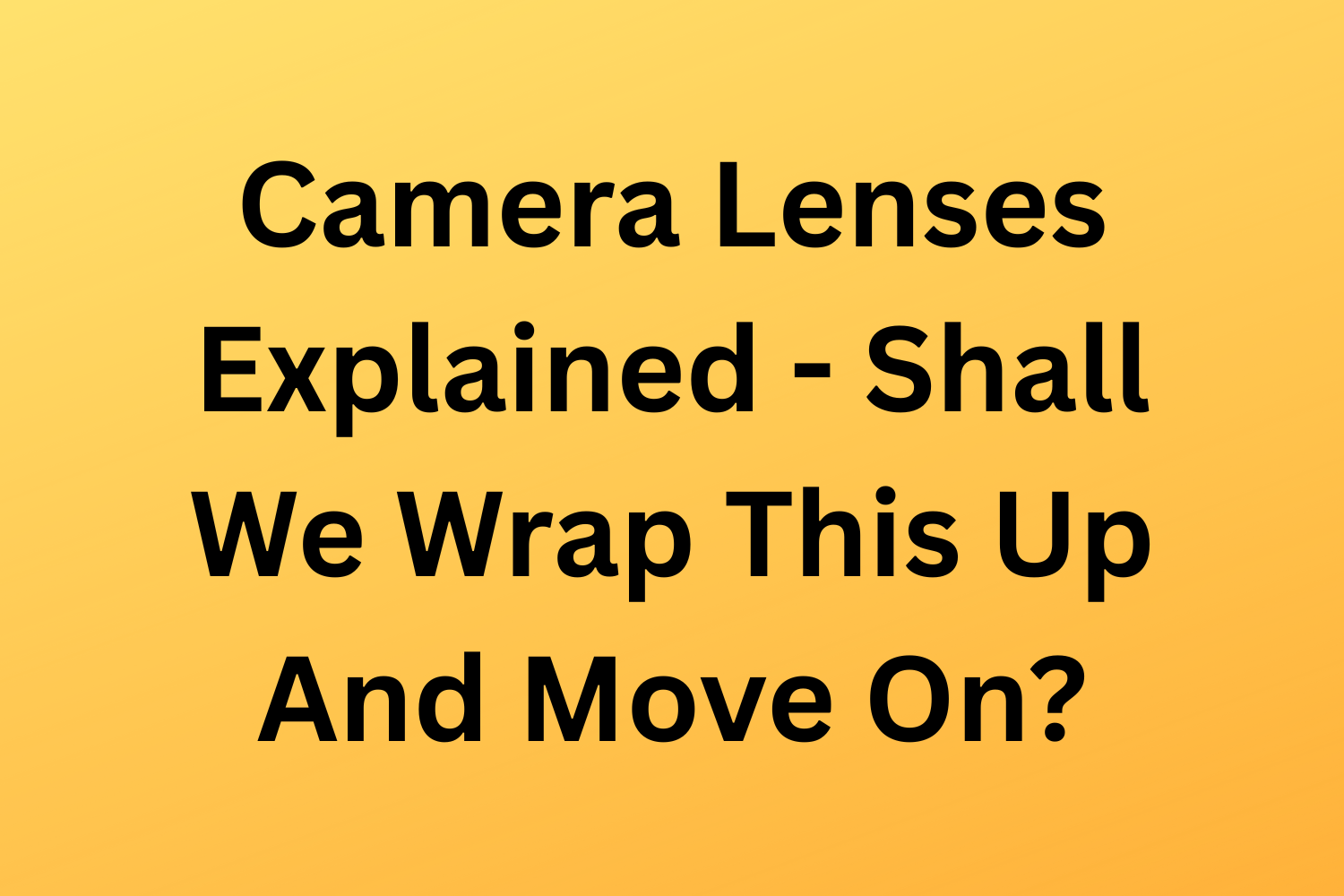
Camera Lenses Explained - Shall We Wrap This Up And Move On?
A camera lens directs light onto the camera sensor. Different lenses are used by photographers for different subjects and different creative effects. You can get standard, wide-angle, telephoto, and other specialist lenses to suit your needs as a photographer. Camera lenses are either zoom (variable focal length) or prime (fixed focal length).

What Is A Tilt Shift Lens? Let Me Explain In Less Than 10 Minutes
A tilt-shift lens is a lens which can be tilted and shifted, so the lens plane is not parallel to the camera sensor, and the imaging circle is moved from the centre. This allows photos to be taken from different perspectives and with more uniform image quality across the image. Tilt-shift lenses are used in architectural photography, straightening verticals rendered crooked or converging by conventional lenses, and they are also used where creative depth of field is required.
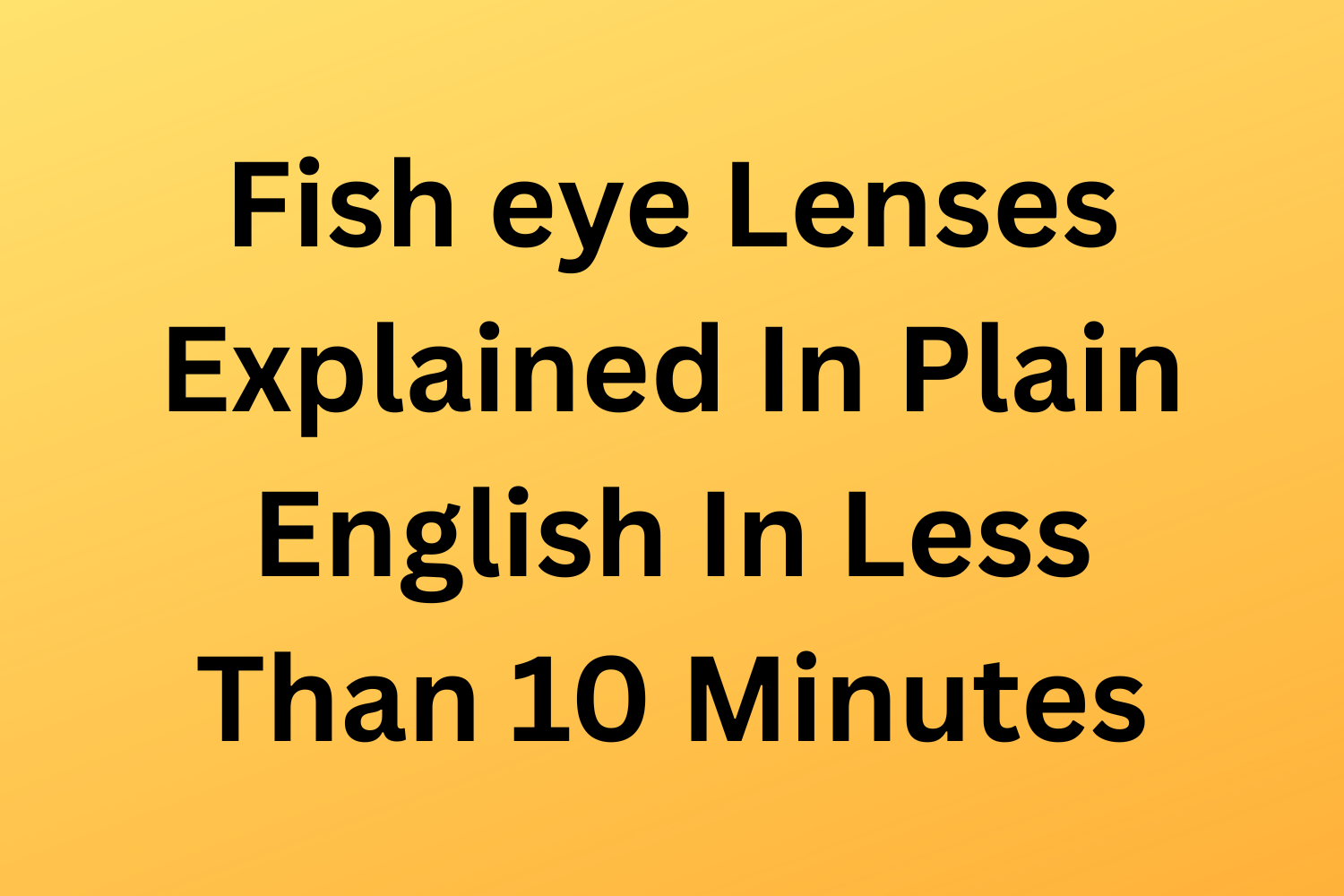
Fish eye Lenses Explained In Plain English In Less Than 10 Minutes
A fisheye lens is an ultra-wide camera lens that typically provides a 180-degree field of view. A fisheye lens can be either circular or full frame, with the circular type taking a circular image with a black surround and the full frame fisheye lens taking a distorted image that fills the frame. Fisheye lenses produce alternative dramatic distorted images.
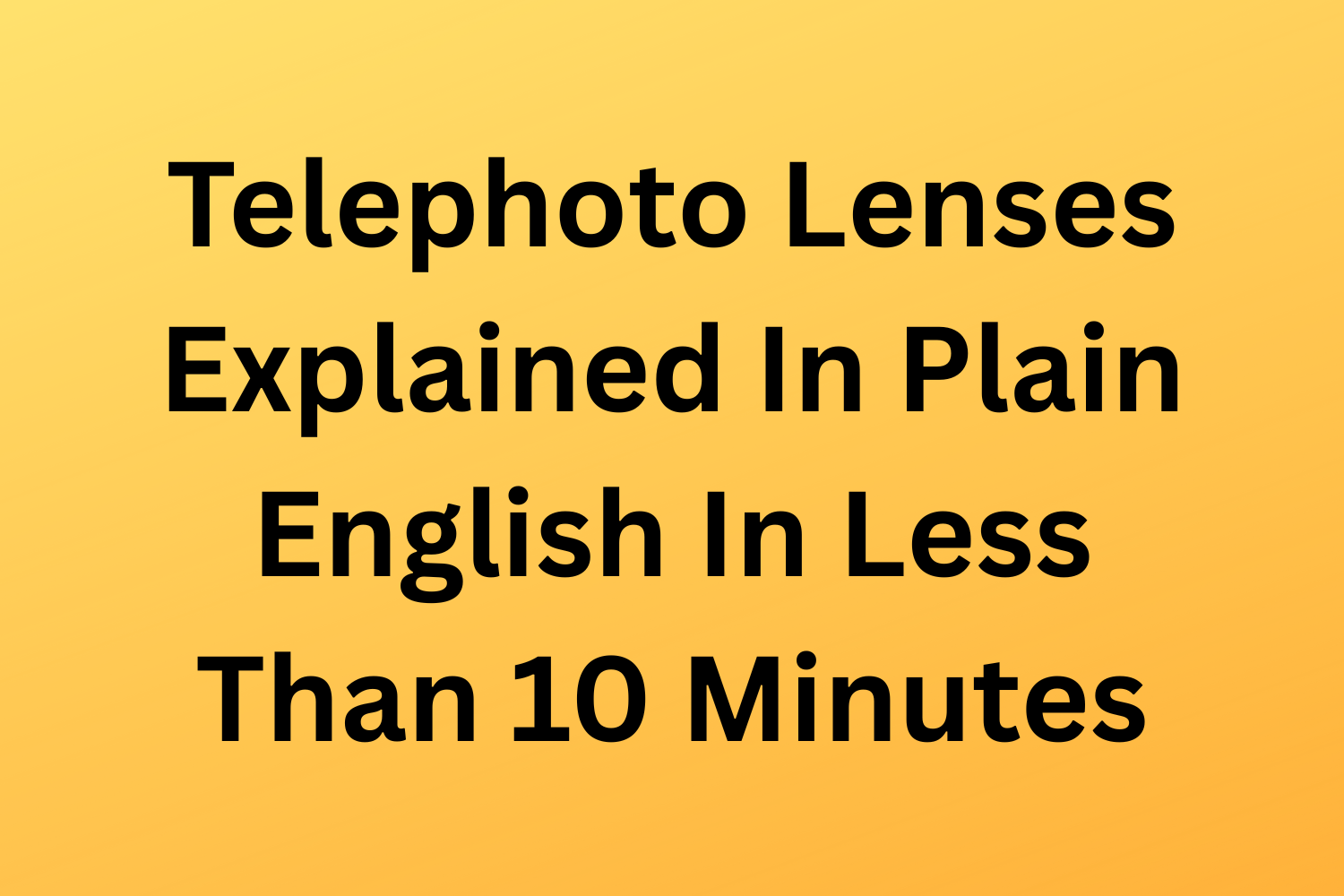
Telephoto Lenses Explained In Plain English In Less Than 10 Minutes
A telephoto lens offers a narrower field of view than a standard lens. The focal length of a telephoto lens is greater than a standard lens, and more than 50mm on a full-frame camera. Telephoto lenses are used to photograph distant objects and to isolate features in the scene. Telephoto lenses are used for wildlife sports, landscape photography, and anything where you just want to zoom in. I'll come on to pigeon-holing in a bit.